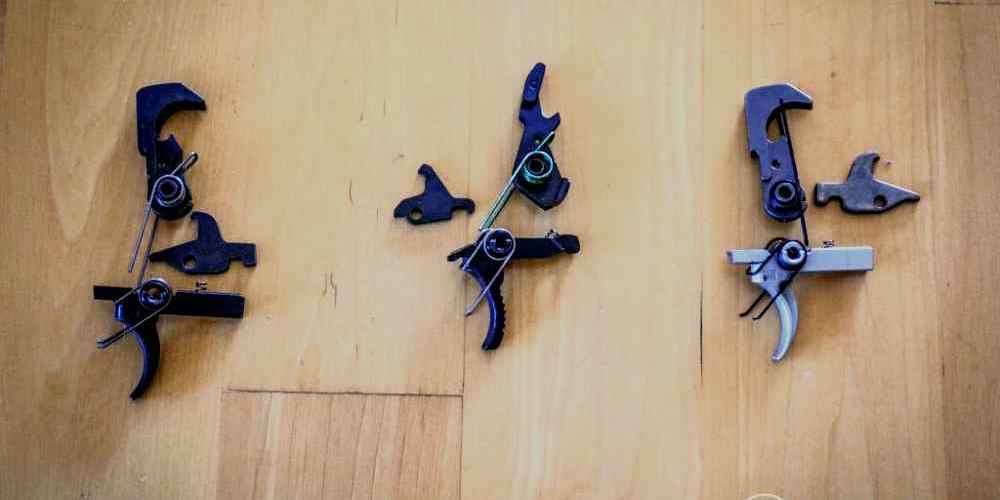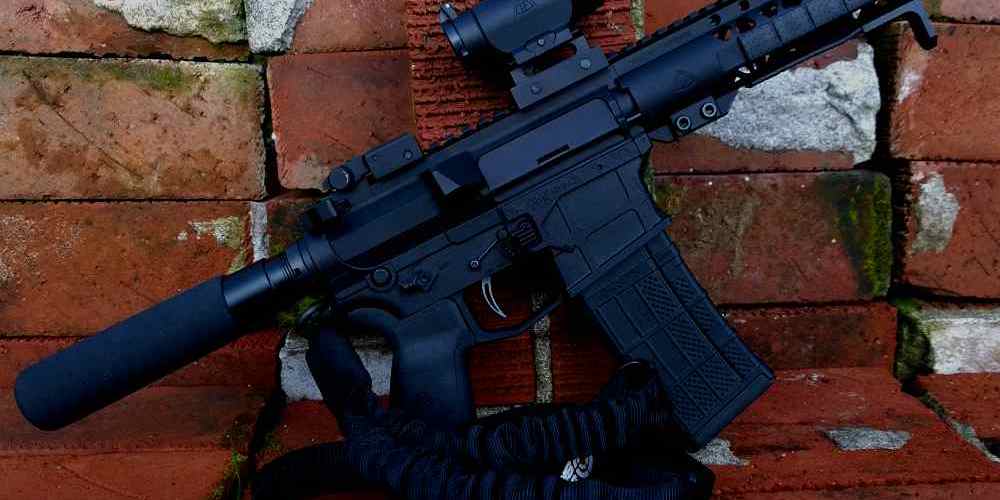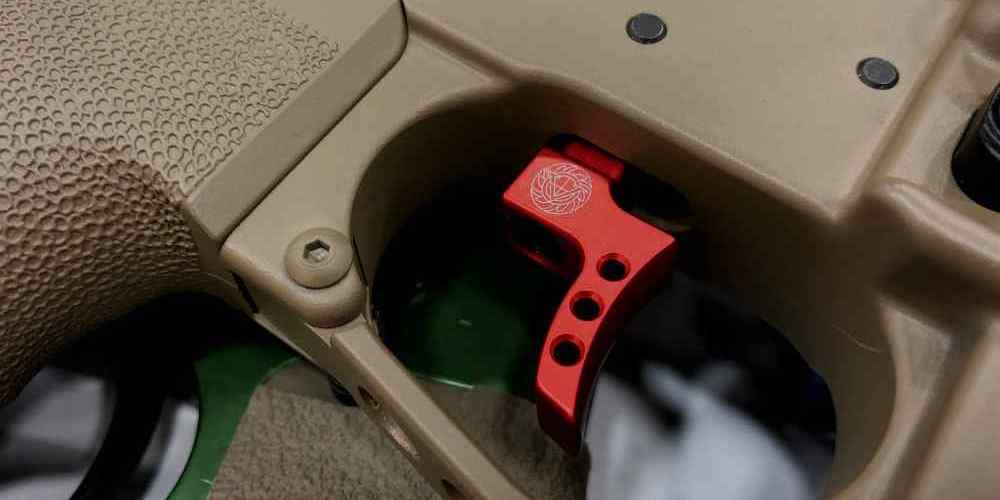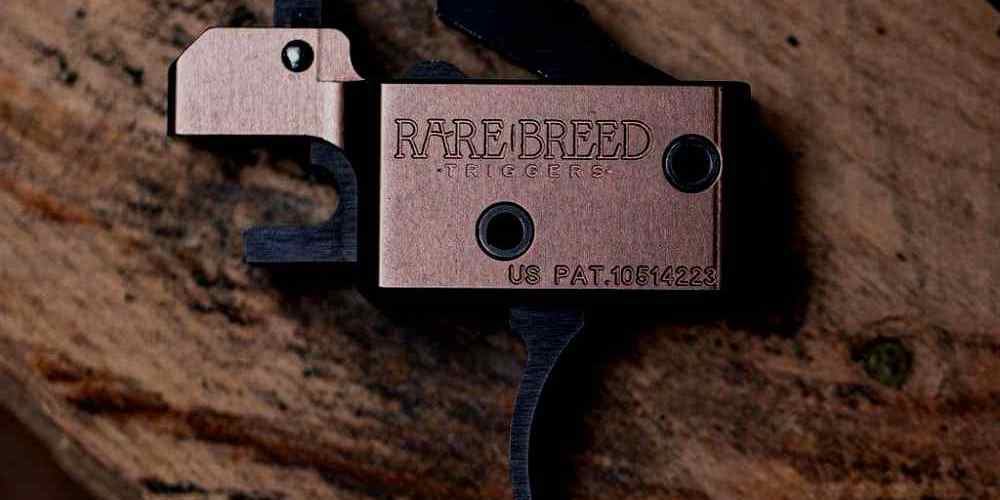“Fixing your trigger troubles, one shot at a time.”
Resetting the Trigger
If you own an AR15 rifle, you know how important it is to have a reliable trigger. A smooth trigger pull can make all the difference in accuracy and overall shooting performance. However, like any mechanical component, triggers can sometimes experience issues that need troubleshooting. One common problem that AR15 owners encounter is a trigger that fails to reset properly after firing a round.
When a trigger fails to reset, it can be frustrating and potentially dangerous. The reset is the process by which the trigger returns to its forward position after being pulled. If the trigger does not reset, it can prevent the rifle from firing again, leaving you unable to take follow-up shots.
There are several potential causes for a trigger that fails to reset. One common issue is a dirty or fouled trigger mechanism. Over time, dirt, debris, and carbon buildup can accumulate in the trigger assembly, causing it to become sticky and preventing proper reset. To address this issue, you will need to disassemble the trigger mechanism and clean it thoroughly with a solvent and a brush. Be sure to lubricate the components properly after cleaning to ensure smooth operation.
Another possible cause of a trigger that fails to reset is worn or damaged trigger components. If the trigger or sear surfaces are worn down or damaged, they may not engage properly, preventing the trigger from resetting. In this case, you may need to replace the affected components to restore proper function. It is important to use high-quality replacement parts from a reputable manufacturer to ensure reliability and safety.
In some cases, a trigger that fails to reset may be caused by an improperly adjusted trigger pull weight. If the trigger pull weight is set too light, the trigger may not have enough force to reset after firing. To address this issue, you can adjust the trigger pull weight to a higher setting using the adjustment screws on the trigger assembly. Be sure to follow the manufacturer’s instructions for adjusting the trigger pull weight to avoid damaging the trigger mechanism.
If you have tried cleaning, inspecting, and adjusting the trigger mechanism and are still experiencing issues with trigger reset, it may be time to seek professional help. A gunsmith or firearms technician can diagnose the problem and recommend the best course of action to resolve it. They may be able to identify underlying issues that are not immediately apparent and provide a more permanent solution.
In conclusion, a trigger that fails to reset can be a frustrating problem for AR15 owners. By understanding the potential causes of this issue and following the troubleshooting steps outlined above, you can address the problem and restore your rifle’s trigger to proper working order. Remember to always prioritize safety when working on firearms and seek professional help if you are unsure of how to proceed. With proper maintenance and care, your AR15 trigger can provide reliable performance for years to come.
Checking for Proper Installation
The AR15 is a popular rifle known for its reliability and versatility. However, like any mechanical device, it can experience issues from time to time. One common area where shooters may encounter problems is with the trigger. A malfunctioning trigger can be frustrating and potentially dangerous, so it’s important to know how to troubleshoot and fix common issues.
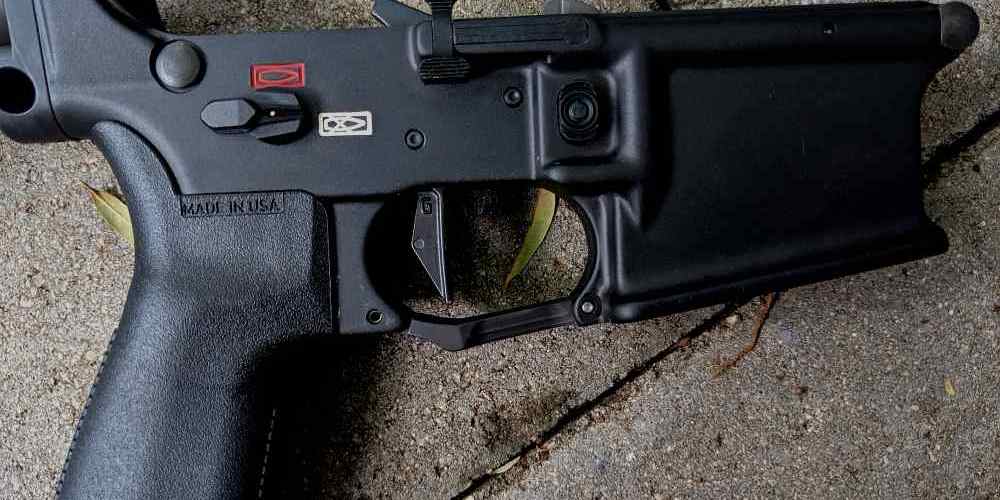
When it comes to troubleshooting AR15 trigger issues, the first step is to check for proper installation. A trigger that is not installed correctly can cause a variety of problems, including failure to fire, double firing, or even accidental discharges. To ensure that your trigger is installed correctly, follow these steps:
Start by removing the upper and lower receivers from the rifle. This will give you better access to the trigger assembly.
Next, visually inspect the trigger assembly to make sure all components are properly aligned and seated. Check that the trigger, hammer, disconnector, and springs are all in the correct positions.
If everything looks good, check the pins that hold the trigger assembly in place. Make sure they are fully inserted and secured with the appropriate retaining pins or screws.
Once you have verified that the trigger assembly is installed correctly, it’s time to test the trigger. Pull the trigger and listen for a crisp, clean break. If the trigger feels mushy or gritty, there may be debris or fouling inside the trigger assembly.
To clean the trigger assembly, use a can of compressed air to blow out any dirt or debris. You can also use a small brush to gently scrub away any buildup. Be sure to lubricate the trigger assembly with a light gun oil to ensure smooth operation.
After cleaning and lubricating the trigger assembly, test the trigger again. If it still feels rough or sticky, you may need to disassemble the trigger assembly and inspect each component for wear or damage.
If you find any worn or damaged parts, replace them with high-quality components from a reputable manufacturer. It’s important to use only factory-approved parts to ensure proper function and safety.
Once you have replaced any worn or damaged parts, reassemble the trigger assembly and test the trigger again. If it feels smooth and crisp, you have successfully resolved the issue.
In conclusion, checking for proper installation is an essential step in troubleshooting common AR15 trigger issues. By following these steps and ensuring that your trigger assembly is installed correctly, you can prevent malfunctions and enjoy reliable performance from your rifle. Remember to always practice proper firearm safety and consult a qualified gunsmith if you are unsure about any aspect of your AR15 trigger. With a little care and attention, you can keep your AR15 in top condition for years to come.
Inspecting the Trigger Springs
The AR15 is a popular rifle known for its reliability and versatility. However, like any mechanical device, it can experience issues from time to time. One common area where shooters may encounter problems is with the trigger. A malfunctioning trigger can be frustrating and potentially dangerous, so it’s important to know how to troubleshoot and fix common issues.
When it comes to troubleshooting AR15 trigger issues, one of the first things you should check is the trigger springs. The trigger springs play a crucial role in the functioning of the trigger mechanism, so it’s important to ensure they are in good condition.
To inspect the trigger springs, you’ll need to disassemble the trigger assembly. Start by removing the pins that hold the trigger assembly in place. Once the assembly is removed, carefully examine the trigger springs for any signs of wear or damage. Look for any broken or stretched springs, as these can cause the trigger to malfunction.
If you notice any issues with the trigger springs, it’s important to replace them as soon as possible. Fortunately, trigger springs are relatively inexpensive and easy to replace. Simply remove the old springs and install the new ones according to the manufacturer’s instructions.
In addition to inspecting the trigger springs, it’s also a good idea to clean and lubricate the trigger mechanism regularly. Dirt and debris can build up in the trigger assembly over time, causing it to become sluggish or unresponsive. By cleaning and lubricating the trigger mechanism, you can help prevent issues before they arise.
When cleaning the trigger mechanism, be sure to use a solvent that is safe for use on firearms. Avoid using harsh chemicals that can damage the metal components of the trigger assembly. Once the trigger mechanism is clean, apply a small amount of gun oil or lubricant to ensure smooth operation.
In some cases, a malfunctioning trigger may be caused by a misaligned or improperly installed trigger assembly. If you’ve recently disassembled and reassembled the trigger mechanism, double-check to make sure everything is properly aligned and tightened. A loose or misaligned trigger assembly can cause the trigger to function erratically or not at all.
If you’ve inspected the trigger springs, cleaned and lubricated the trigger mechanism, and ensured that the trigger assembly is properly installed, but are still experiencing issues, it may be time to seek professional help. A gunsmith or firearms expert can help diagnose and fix more complex trigger issues that may require specialized tools or knowledge.
In conclusion, troubleshooting common AR15 trigger issues can be a straightforward process if you know what to look for. By inspecting the trigger springs, cleaning and lubricating the trigger mechanism, and ensuring proper installation of the trigger assembly, you can help prevent and resolve trigger issues before they become a problem. If you’re still experiencing issues after performing these steps, don’t hesitate to seek professional help. Your safety and the reliability of your firearm are worth the investment.
Cleaning and Lubricating the Trigger Mechanism
If you own an AR15 rifle, you know how important it is to keep your trigger mechanism in top working condition. A smooth and reliable trigger is essential for accuracy and overall performance. However, like any mechanical component, triggers can sometimes experience issues that need to be addressed. In this article, we will discuss some common AR15 trigger issues and how to troubleshoot them.
One of the most common problems with AR15 triggers is a gritty or rough feel when pulling the trigger. This can be caused by a buildup of dirt, debris, or lack of lubrication in the trigger mechanism. To address this issue, the first step is to thoroughly clean the trigger components. Start by removing the trigger assembly from the lower receiver and inspecting it for any visible dirt or debris. Use a brush and some solvent to clean the trigger components, paying special attention to the sear and hammer surfaces. Once the trigger is clean, apply a small amount of lubricant to the moving parts to ensure smooth operation.
Another common issue with AR15 triggers is a heavy or inconsistent trigger pull. This can be caused by a variety of factors, including worn or damaged trigger components, improper installation, or lack of lubrication. To troubleshoot this issue, start by checking the trigger components for any signs of wear or damage. If you notice any worn or damaged parts, they may need to be replaced. Additionally, make sure that the trigger assembly is properly installed and adjusted according to the manufacturer’s specifications. Finally, ensure that the trigger mechanism is properly lubricated to reduce friction and improve trigger pull consistency.
In some cases, AR15 triggers may experience issues such as trigger reset problems or failure to reset after firing. This can be caused by a variety of factors, including worn or damaged trigger components, improper installation, or lack of lubrication. To troubleshoot this issue, start by checking the trigger components for any signs of wear or damage. If you notice any worn or damaged parts, they may need to be replaced. Additionally, make sure that the trigger assembly is properly installed and adjusted according to the manufacturer’s specifications. Finally, ensure that the trigger mechanism is properly lubricated to ensure smooth operation and reliable trigger reset.
In conclusion, keeping your AR15 trigger mechanism clean and properly lubricated is essential for maintaining optimal performance and reliability. By addressing common trigger issues such as grittiness, heavy trigger pull, or trigger reset problems, you can ensure that your rifle functions smoothly and reliably. Remember to regularly inspect and clean your trigger components, and always follow the manufacturer’s recommendations for maintenance and lubrication. With proper care and maintenance, your AR15 trigger will continue to provide you with smooth and consistent performance for years to come.
Adjusting the Trigger Pull Weight
The AR15 is a popular rifle known for its versatility and customization options. One key component of the AR15 that can greatly affect its performance is the trigger. A smooth and consistent trigger pull is essential for accuracy and control when shooting. However, many AR15 owners may encounter issues with their trigger, such as a heavy or gritty pull. In this article, we will discuss common trigger issues with the AR15 and how to troubleshoot them.
One of the most common trigger issues with the AR15 is a heavy trigger pull. A heavy trigger can make it difficult to shoot accurately and can cause fatigue during extended shooting sessions. Fortunately, adjusting the trigger pull weight is a relatively simple process that can greatly improve the performance of your AR15.
Before adjusting the trigger pull weight, it is important to ensure that your rifle is unloaded and the safety is engaged. Once you have confirmed that the rifle is safe, you can begin the adjustment process. Most AR15 triggers have a set screw that can be adjusted to change the trigger pull weight. This set screw is typically located on the trigger assembly and can be accessed by removing the grip.
To adjust the trigger pull weight, you will need a small Allen wrench or screwdriver. Start by turning the set screw clockwise to increase the trigger pull weight or counterclockwise to decrease it. It is important to make small adjustments and test the trigger pull after each adjustment to ensure that you achieve the desired weight.
Another common trigger issue with the AR15 is a gritty or rough trigger pull. A gritty trigger can make it difficult to shoot accurately and can be frustrating for the shooter. Fortunately, there are a few simple steps you can take to smooth out the trigger pull on your AR15.
One common cause of a gritty trigger pull is dirt and debris buildup in the trigger assembly. To remedy this issue, you can disassemble the trigger assembly and clean it thoroughly with a solvent and brush. Be sure to lubricate the trigger assembly with a high-quality gun oil after cleaning to ensure smooth operation.
If cleaning the trigger assembly does not resolve the issue, you may need to polish the trigger components to remove any rough spots or burrs. This can be done using a fine-grit sandpaper or polishing compound. Be sure to take your time and work slowly to avoid removing too much material from the trigger components.
In conclusion, troubleshooting common trigger issues with the AR15 can greatly improve the performance and reliability of your rifle. By adjusting the trigger pull weight and smoothing out the trigger pull, you can enhance your shooting experience and achieve greater accuracy. Remember to always follow proper safety procedures when working on your rifle and consult a professional gunsmith if you are unsure about making adjustments to your trigger. With a little time and effort, you can enjoy a smooth and consistent trigger pull on your AR15.





